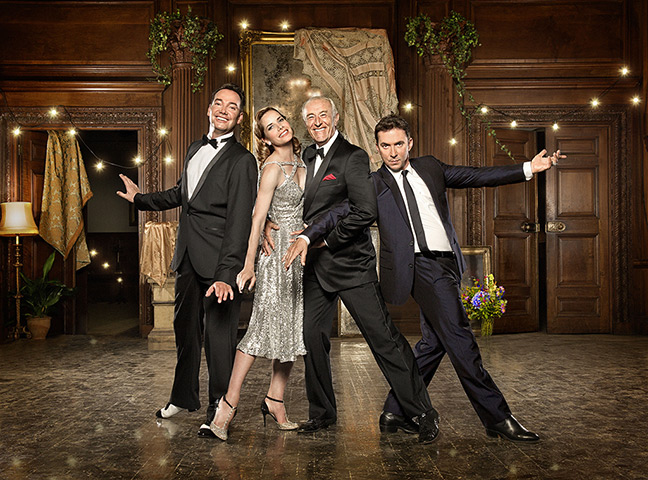 June 10, 2014
June 10, 2014 Need-to Know Beginners Guide on Choreography

Experts such as Strictly Come Dancing judge Craig Revel Horwood make choreography look as simple as pie – but anyone in the industry know that this art form takes both talent and a great deal of hard work.
Whether you’re an avid fan of dance and want to know more about the ins and outs, or are a professional dancer who wants to dip their toe into the creativity of choreography, the following guide offers an interesting overview on dance construction.
Choreography In a Nutshell
This literal meaning of the word choreography comes from the ancient Greek language - “χορεία” (circular dance) and “γραφή” (writing) translates in English to “dance-writing”.
The term choreography first appeared in the American English dictionary in the 1950s. Prior to that, movie credits for example used various other descriptions, such as “ensembles staged by” and “dances staged by”.
In a nutshell, choreography describes the written notation of movements and step sequences to create a flowing dance routine using the techniques of motion and form.
In addition to dance movements, choreography is also used in the fields of cheerleading, cinematography, fashion shows, gymnastics, ice skating, marching bands, show choir, theatre and even synchronised swimming.As far as the discipline of dance goes, choreography is also known as dance composition.

The Fundamental Techniques a Choreographer Uses
In order todesign the movement sequences that express meaning and captivate audiences with their beauty, the choreographer utilises various techniques. The two fundamental approaches will now be described:
Improvised Dance
Improvisation is a strategy whereby the choreographer provides dancers with generalised directives called ‘the score’. This serves as a guideline, however the dancers are asked to create spontaneous movement and form within those boundaries by accessing their feelings, intuition and skills. This technique of choreography provides a wonderfully creative canvas for the dancers to insert their personal interpretation.
As an example, a particular score will tell one dancer to move away from another dancer, while the latter’s score is to prevent this happening in whatever way they please. A further example would be a score that merely specifies a sequence of movements that need to be improvised ad lib over the course of a musical sequence, such as in contra dance choreography.
Planned Dance
This type of dance composition entails the choreographer giving a granular, detailed description outlining their particular vision of motion and form. Planned choreography leaves little or no window for the dancers to add their own personal interpretations. The primary example that comes to mind in this category would betraditional ballet.

Choreography Jargon
Whether the strategy is improvised or planned choreography, the choreographer and dancers will need to know and master a certain jargon words as well as number of formal classic movement techniques – this is necessary to enable them to write or follow a score. Examples of the most common of these are:
- Dynamics – this word indicates whether the movements performed by the dancers will be fast or slow; hard or soft; and long or short.
- Cannon –the dancers perform the same moves, but consecutively i.e. one after the other.
- Levels – the dancers are arranged in higher and lower body positions during a dance sequence.
- Mirroring –facing each other, the dancers perform the same movements.
- Retrograde – the dancers perform the same moves but backwards.
- Shadowing –while standing behind each other, the dancers perform the same moves.
- Unison –the dancersperform a varied range of moves at the same time.
Conclusion
The above guide gives you an interesting taster of the inner world of choreography and dance. It also shows that famous choreographers such as Craig Revel Horwood must have experience, skill and dedication to earn their reputation.






Reader Comments